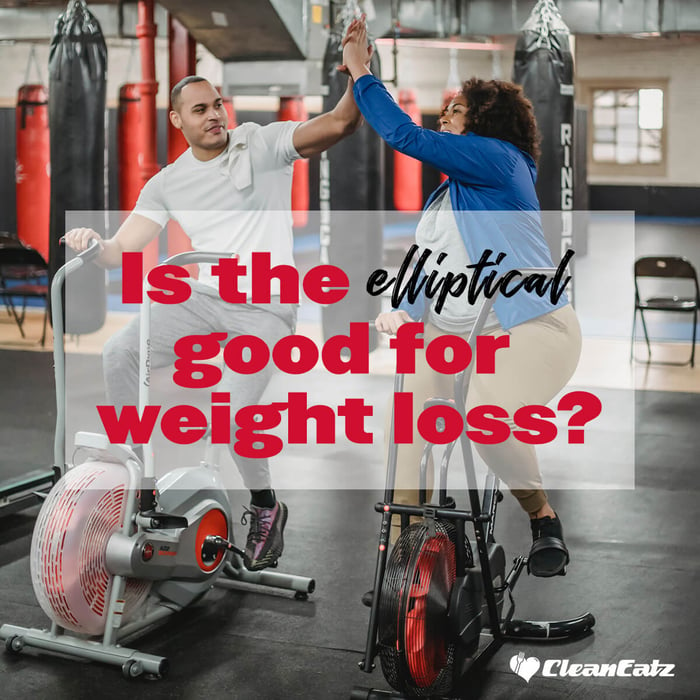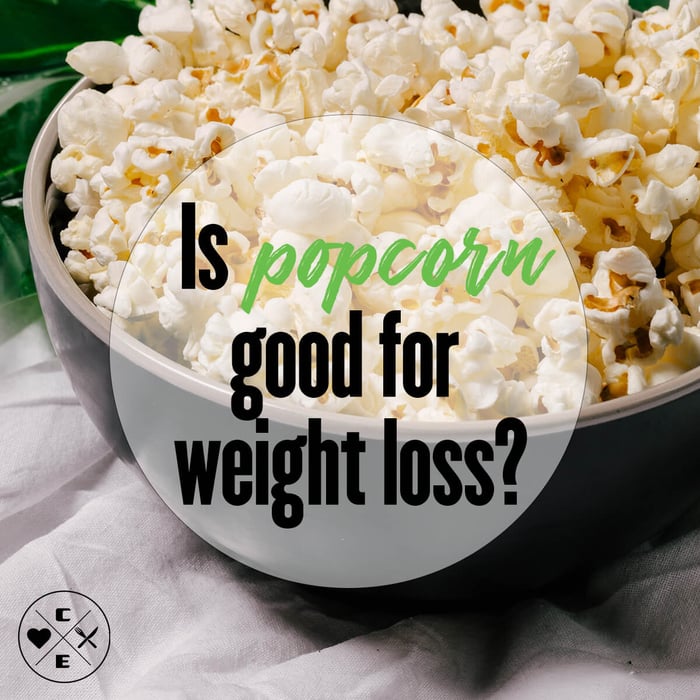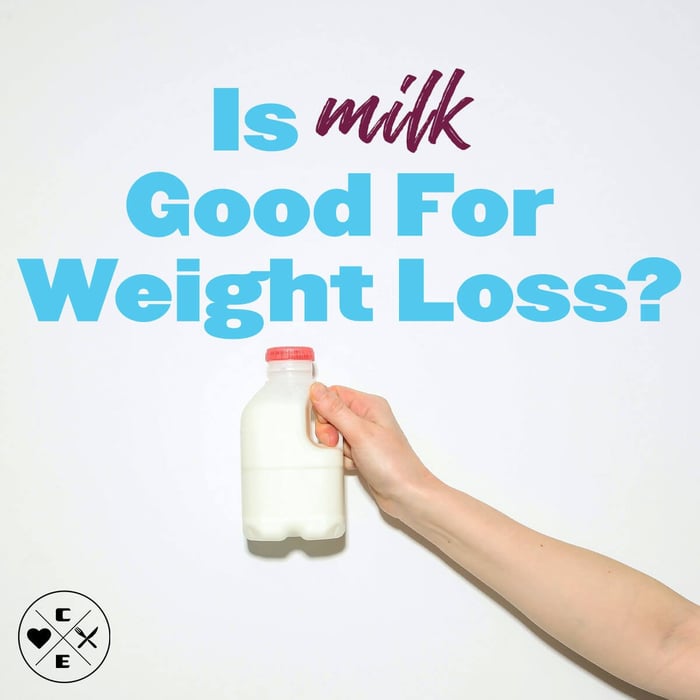Last updated: September 11, 2025
Short answer: Yes—the elliptical is joint-friendly, works upper and lower body together, and at higher efforts can burn up to about 500 calories in 30 minutes, depending on the person and settings. Mix intervals with steady rides, keep form crisp, and pair training with supportive nutrition for the best results.
What the Elliptical Is & How It Works
An elliptical uses pedals and moving handlebars to mimic a smooth walking/running motion. You control resistance (and sometimes incline) to scale intensity. Because your feet stay planted and the path is guided, impact is lower than jogging while still engaging your legs, glutes, back, chest, and shoulders.
Is the Elliptical Good for Weight Loss? Key Benefits
- Low impact: easier on knees, hips, and ankles than pavement running.
- Calorie burn: higher resistance and cadence can approach ~500 kcal in 30 minutes for some users.
- Full-body effort: handles add upper-body involvement; great for variety.
- Scalable: simple to adjust for beginners or athletes.
- Consistency-friendly: weather-proof, easy to stack with strength days.
Make results steadier by lining up nutrition with your training. Explore our Weight-Loss Meal Plan, build a week with Build-a-Meal Plan, or keep protein convenient with our High-Protein Box.
6 Elliptical Workouts (Beginner → HIIT)
Adjust resistance/speed to your fitness. Warm up 3–5 minutes, cool down 3–5 minutes.
- 10-Minute Starter: 1 min easy → 1 min moderate, repeat 5 cycles.
- 20-Minute Intervals: 1 min hard / 1 min easy × 10 rounds.
- 30-Minute Hill Climb: increase resistance one notch every 3 minutes for 24 minutes, then 6 minutes easing back down.
- 45-Minute Steady: conversational pace throughout; bump resistance slightly every 10 minutes.
- 24-Minute HIIT: 2 min hard (RPE 8) / 2 min easy × 6 rounds.
- Upper-Body Focus (30 min): 4 min steady + 1 min strong push-pull on handles, repeat 6 cycles. Add 2–3 short backward-pedal segments to bias glutes/hamstrings.
Form & Safety Tips
- Feet: keep them flat on the pedals for better leverage and joint comfort.
- Posture: stand tall, ribs down, light grip; drive from hips while smoothly push-pulling the bars.
- Pacing: build toward ~30 minutes of moderate-to-high intensity most days; progress gradually.
- Recovery: hydrate, sprinkle in easy “Zone 2” days, and sleep enough to support fat loss.
Elliptical vs. Treadmill
Elliptical: lower impact, more upper-body involvement, great for intervals without pounding.
Treadmill: more terrain/pace variety; useful if you enjoy running. The “best” choice is the one you’ll do consistently—rotate both if you like.
FAQs
Are ellipticals good for losing belly fat?
They help you burn calories and engage multiple muscle groups. For midsection changes, overall fat loss from consistent exercise and nutrition matters most.
How long should I be on the elliptical to lose weight?
A simple starting point is about 30 minutes at moderate-to-high intensity on most days, then increase time or intensity as fitness improves.
Which is better for weight loss—treadmill or elliptical?
Both work. The elliptical is lower impact with upper-body involvement; the treadmill offers more running-style interval options. Choose what you’ll stick with.
How soon will I see results?
Many people notice stamina improvements within weeks and body-composition changes over time when training and nutrition are consistent.
Can I get in shape using just an elliptical?
Yes—regular sessions improve cardio fitness and can aid fat loss. For best results, add 2–3 short strength-training sessions per week.
Next Steps
Mix intervals with steady sessions, keep form tidy, and match your meals to your goals. If you want the easy button for nutrition, try our Weight-Loss Meal Plan or build a week with Build-a-Meal Plan.




